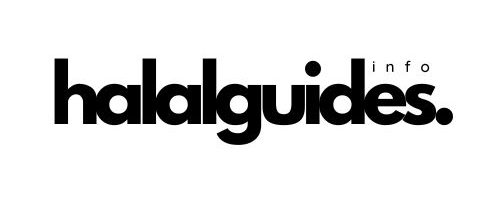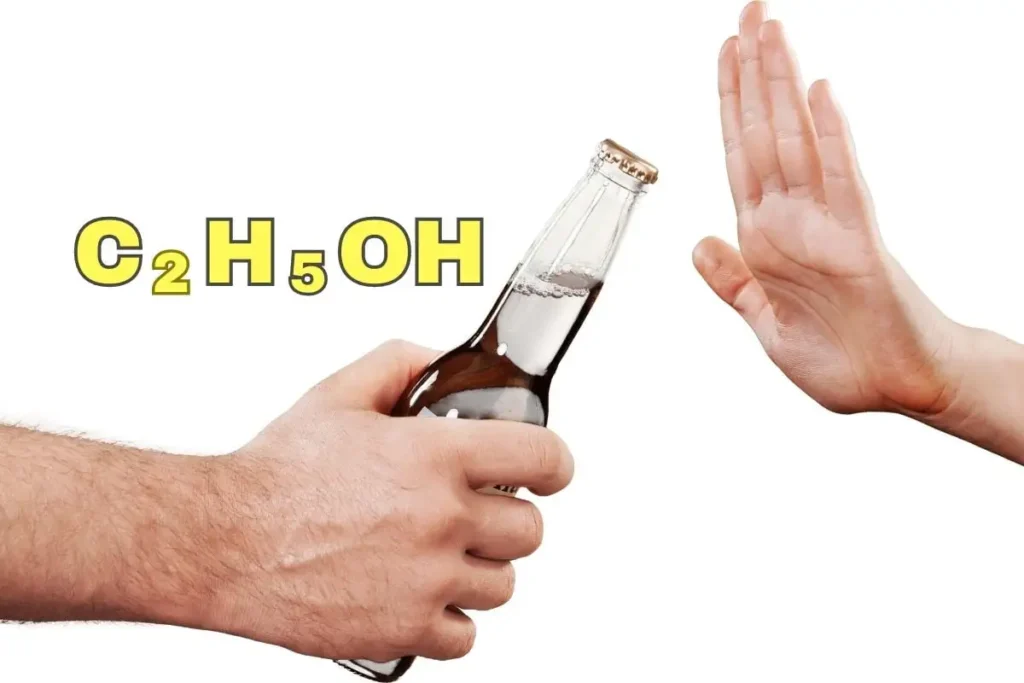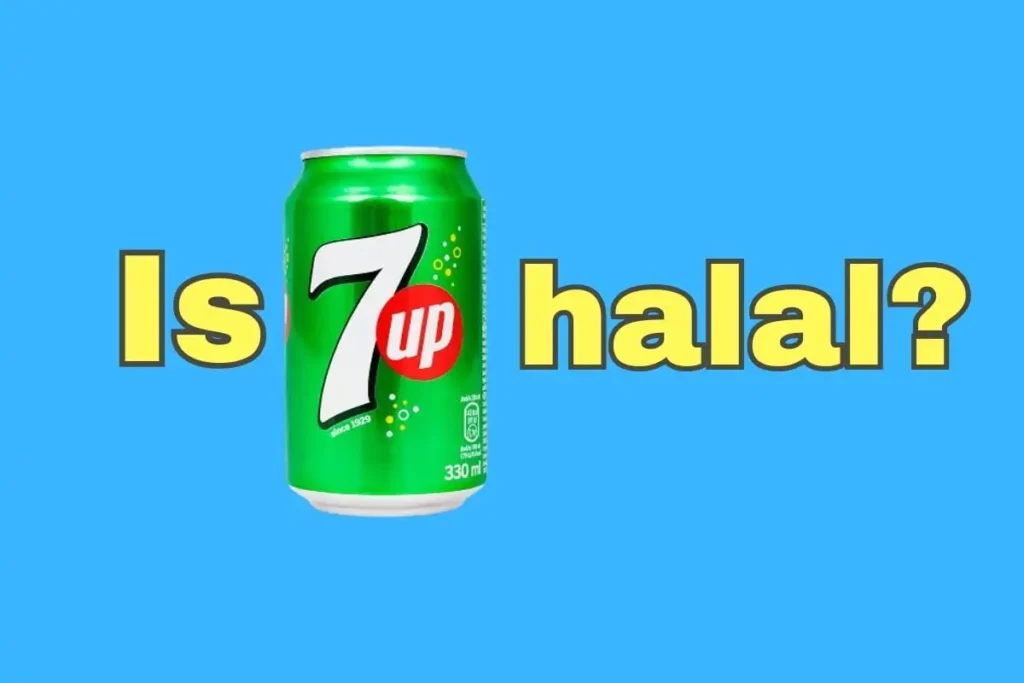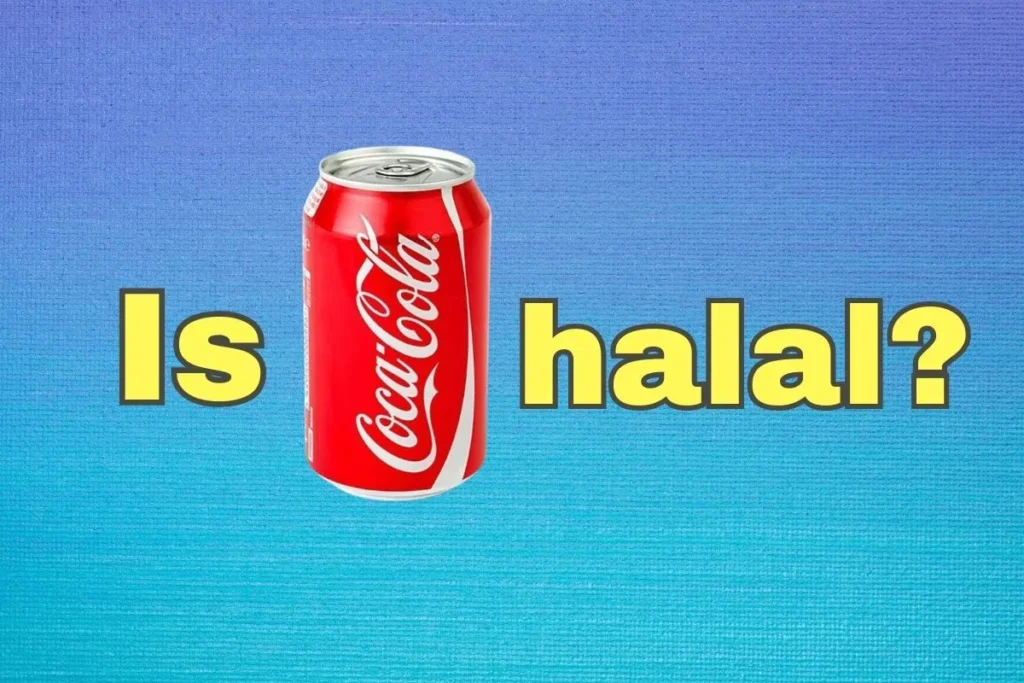E104 Quinoline Yellow may sound fancy, but it’s more than just a name. This food additive is known for its vibrant yellow color and is used in a variety of food products. Now, you might be wondering, is E104 halal? Well, let’s take a closer look at this compound to learn more about its nature, benefits, and whether it meets halal criteria.
Key Takeaways
| 📌 E104 Quinoline Yellow: E104 is a synthetic yellow dye used in food and pharmaceuticals to give products a vibrant yellow color. |
| 📌 Possible Side Effects: There have been concerns about E104’s safety, particularly its potential link to hyperactivity in children and allergic reactions in some individuals. |
| 📌 Halal Status: E104 can be considered halal if it’s produced without using any forbidden substances or methods in its synthesis, but it’s essential to check for specific certifications and labels for peace of mind. |
What Is E104 Quinoline Yellow?
E104, popularly known as Quinoline Yellow, is a synthetic dye used predominantly in the food and pharmaceutical industry. A derivative of the quinoline family, this yellow food coloring provides products with a vibrant hue.
Quinoline Yellow in the Food Scene
Have you ever wondered what gives some candies, beverages, and even baked goodies their inviting yellow hue? Enter Quinoline Yellow. This synthetic dye has become a favorite in the culinary world, not just for its vibrant shade but for its ability to make dishes pop with color.
Imagine biting into a cookie or sipping on a drink that has that luscious golden-yellow tint. It’s not just about taste; our eyes play a crucial role in our food choices. And thanks to Quinoline Yellow, many products on the shelves have that irresistible visual appeal that makes you want to take a second look.
Quinoline Yellow and Pharmaceuticals
But it’s not just the food industry that’s in on the secret. The pharmaceutical world is equally keen on aesthetics. Believe it or not, the appearance of medications can influence our perception of them. Quinoline Yellow steps in here as well, adding that distinct yellow shade to some of our meds. It ensures that pills or liquid medications stand out, making them easy to identify. Plus, there’s something reassuring about a medicine that’s as pleasant to look at as it is effective, don’t you think?
Chemical Structure
Quinoline Yellow, known as E104, is a dye derived from quinoline. The exact chemical structure of Quinoline Yellow can vary because it may refer to a mixture of related compounds.
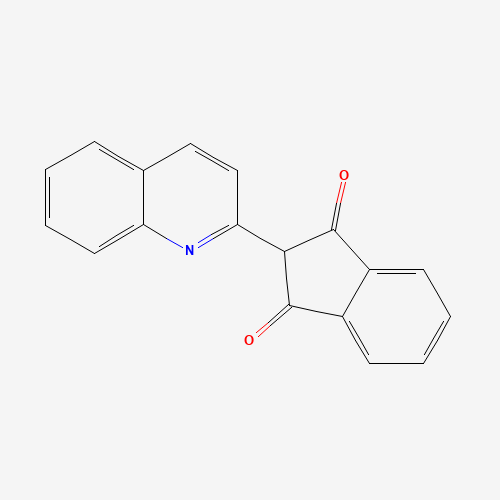
The base quinoline structure has the formula C9H7N, which is a heterocyclic compound containing a benzene ring fused to a pyridine ring. But have you ever pondered upon its origins or the elements that make it up?
Origins of E104
As a synthetic dye, E104 is manufactured through chemical processes rather than being derived from natural sources. Its origins trace back to the broader quinoline compound family.
Here’s a brief look at its origins:
- Quinoline Base: At the heart of Quinoline Yellow lies quinoline, a nitrogen-containing heterocyclic compound. The basic structure of quinoline is a fusion of benzene and pyridine rings.
- Chemical Synthesis: The specific dye known as Quinoline Yellow is synthesized by sulfonation of quinoline. This chemical process introduces sulfonyl groups to the quinoline base, which imparts the dye’s distinct color and properties.
- Historical Context: Quinolines, in general, have been known since the 19th century and have been used in various chemical applications, including as precursors for dyes. Quinoline Yellow, as a dye, was developed for its vibrant yellow hue and its compatibility with various mediums due to its solubility.
- Industrial Use: Given its appealing color and solubility, it was adopted by the food and pharmaceutical industries as a coloring agent. Over time, its use in food, especially for children, has been a subject of scrutiny and regulation in various countries due to potential health concerns.
Possible Side Effects
As a coloring agent in the food and pharmaceutical industries, It does not have known health benefits. Its primary function is to provide a yellow hue to products.
In fact, concerns about its safety, rather than benefits, have been more prominent in discussions related to E104:
- Hyperactivity in Children: Some studies have suggested a potential link between certain artificial food colorings, including Quinoline Yellow, and increased hyperactivity in children. This has led to discussions about its safety and resulted in its restricted use in some countries, especially in products intended for children.
- Allergies and Sensitivities: Some individuals may exhibit allergic reactions or sensitivities to Quinoline Yellow, which can lead to symptoms like skin rashes or digestive discomfort.
- Regulation: Due to these concerns, Quinoline Yellow is not permitted in foods in the United States. However, it is approved for use in certain applications in the European Union, though products containing it must carry a warning label about its potential to cause hyperactivity in children.
Dosage and Administration
When it comes to food additives like Quinoline Yellow, regulatory agencies typically establish Acceptable Daily Intakes (ADI) rather than specific dosages. The ADI represents an estimate of the amount of a food additive that can be consumed daily over a lifetime without appreciable health risks.
Acceptable Daily Intake (ADI)
The European Food Safety Authority (EFSA) has set an ADI for Quinoline Yellow. The EFSA has reduced the acceptable daily intake (ADI) of E104 from 10 to 0.5 mg/kg based on evidence
Labeling and Use
In regions where Quinoline Yellow is permitted, its inclusion and concentration in products are typically indicated on the label. In the European Union, for instance, products containing E104 must also include a warning that the additive might have an adverse effect on activity and attention in children.
Administration
For products containing E104, manufacturers would blend it in the required proportions to achieve the desired color intensity. End consumers typically don’t have to administer E104 themselves – they would consume it as part of the colored product.
Is E104 Halal or Haram?
E104, or Quinoline Yellow, is a synthetic dye. If it is synthesized without using any haram (forbidden) substances or methods, then from a purely source-based perspective, it would not be inherently haram. Synthetic compounds that don’t involve haram inputs in their production or processing are generally considered permissible (halal) by many Islamic scholars.
Find out more:
Is E102 Halal or Haram?
Is E110 Halal or Haram?
Final Words
E104 Quinoline Yellow is a synthetic yellow dye commonly used in the food and pharmaceutical industries to enhance the appearance of products. While it doesn’t offer any known health benefits, it has raised concerns regarding potential side effects, especially in children, such as hyperactivity and allergic reactions.
From a halal perspective, E104 can be considered permissible if it’s produced without involving any forbidden substances or methods in its synthesis. However, consumers seeking halal products should always look for specific certifications and labels to ensure compliance with their dietary preferences and beliefs.
As with any food additive, it’s essential to stay informed about its usage and potential effects, making choices that align with both health and religious principles.
FAQ
Why is Quinoline Yellow added to foods?
Quinoline Yellow (E104) is added to foods as a yellow food color. It is used in a variety of food products such as sauces, soups, broths, bakery, dairy fats and oil, seafood, seasonings, breath fresheners, desserts, and convenient foods, and beverages
What are the uses of Quinoline Yellow in medicine?
Besides its role as a colorant, it can aid in differentiating between medicines and making drug consumption more palatable.
What is the solubility of Quinoline Yellow?
t’s water-soluble, making it ideal for beverages and liquid medicines.
What is the FDA’s stance on Quinoline Yellow?
The FDA has approved its use but within certain limits, emphasizing safety and moderation.
- Is Pop Tarts Halal? What You Need to Know - February 18, 2024
- Are Graham Crackers Halal in Islam? - January 19, 2024
- Is Keebler Wheatables Halal? - January 18, 2024
